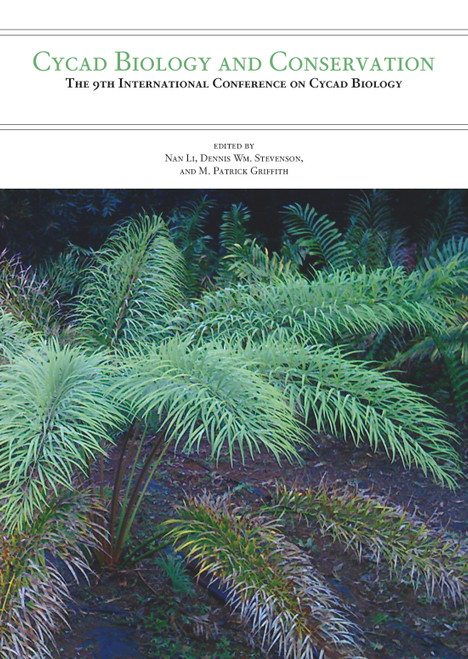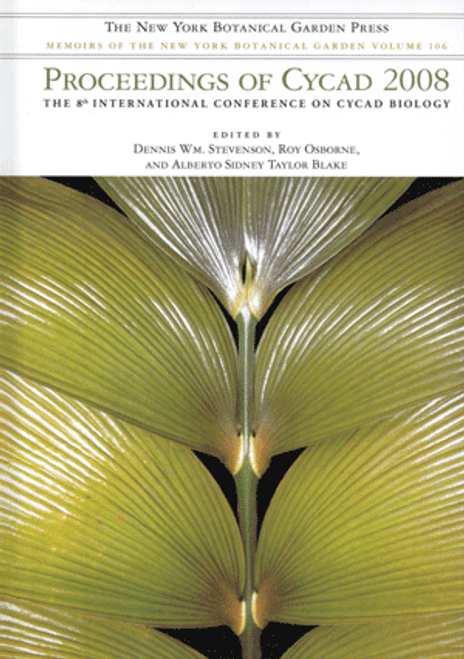This purchase only includes chapter 12 of this title.
Abstract
Because cycad species are long lived and in many cases populations are small, studies of population dynamics are challenging. In this paper, I present examples of field studies complemented by studies in controlled conditions that can provide insights into variation in life history and its effects on population dynamics. These studies suggest that life-history traits in Zamia can vary between individuals within populations, and also among populations and species. Within a population, plants can differ in traits like germination rate and seed and seedling size or the cost of reproduction. Populations in distinct habitats can differ in traits like early-stages survival rates, fecundity, and germination. Nevertheless, some life-history traits might not vary across populations in some species. Additionally, life history can vary drastically between species of Zamia from contrasting habitats. All this variation in life history can impact population dynamics, as shown by differing population growth rates in populations and species. Long-term monitoring studies in the field and under controlled conditions are needed to further explore the effects of environmental heterogeneity in space and time on life history and population dynamics and better understand population viability in cycad species.
Keywords: cycad ecology, demography, evolutionary ecology, Zamia encephalartoides, Zamia fairchildiana, Zamia obliqua











